Picture yourself standing in a thriving forest, where every leaf, creature, and natural process works together in perfect harmony to create something extraordinary – our ecosystem services. These vital natural benefits, often operating silently in the background, fundamentally support not just our parks and natural areas, but our entire way of life.
From the crisp, clean air you breathe during your morning hike to the pure water flowing in forest streams, ecosystem services are nature’s gift to humanity. They provide four essential categories of benefits: provisioning services that give us food and materials, regulating services that maintain environmental balance, supporting services that enable life to flourish, and cultural services that enrich our recreational and spiritual experiences.
Understanding these services isn’t just about appreciating nature – it’s about recognizing how deeply our well-being, economy, and survival depend on healthy ecosystems. As we explore these four fundamental services, you’ll discover how each one directly enhances your outdoor adventures while sustaining the natural world we all cherish.
Supporting Services: The Foundation of Park Life
Soil Formation and Nutrient Cycling
Ever wonder how those perfect hiking trails beneath your feet came to be? It’s not just park maintenance – it’s nature’s own engineering at work! As leaves, branches, and other organic matter break down, they create the rich, dark soil that supports our forest floors and maintains those well-packed trails we love to explore.
Think of the forest as nature’s recycling center. When a fallen log decomposes, it’s not just disappearing – it’s feeding countless organisms and enriching the soil with nutrients. These nutrients then travel up through tree roots, feeding the canopy above that provides our welcome shade on sunny hikes.
Here in Ontario’s parks, you might notice mushrooms popping up along trail edges after rainfall. These fungi are nature’s cleanup crew, breaking down dead plant material and creating nutrient-rich soil that keeps our forests healthy and vibrant. This continuous cycle of decomposition and renewal ensures that future generations will enjoy the same lush forests we do today.
Pro tip: Next time you’re hiking, look for fallen logs covered in moss – they’re nature’s soil factories in action!
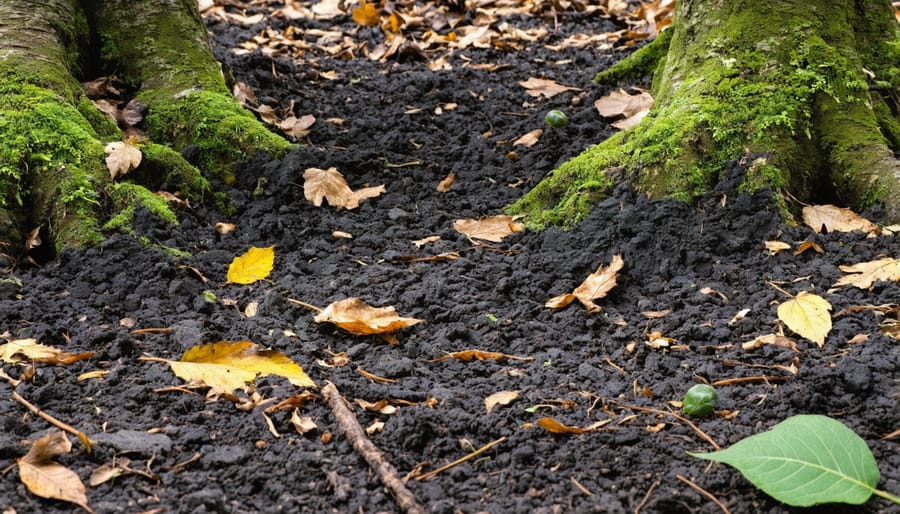
Biodiversity Hot Spots
Ever wondered why certain spots in our parks seem to buzz with more wildlife activity than others? Ontario’s parks are treasure troves of biodiversity, offering incredible opportunities to witness nature’s most fascinating interactions. At Algonquin Park, dawn visitors might catch sight of a moose wading through a misty marsh, while patient observers at Point Pelee could spot over 370 different bird species during spring migration.
These biodiversity hotspots aren’t just random – they’re nature’s meeting points where different ecosystems overlap, creating rich habitats that support diverse species. The Niagara Escarpment, for instance, hosts rare ancient cedar trees and provides crucial nesting sites for peregrine falcons.
Pro tip: Visit these spots during transition periods – early morning or dusk – when wildlife is most active. Remember to bring binoculars and maintain a respectful distance. For the best experience, check with park staff about recent wildlife sightings and seasonal animal activity patterns. And here’s an insider secret: some of the most remarkable wildlife viewing happens at lesser-known locations, like the beaver ponds along quieter trails.
Provisioning Services: Nature’s Pantry and Laboratory
Clean Water Sources
Ontario’s pristine lakes and streams are more than just stunning natural features – they’re vital lifelines providing clean, fresh water for both recreation and daily life. From the crystal-clear waters of Georgian Bay to the serene lakes dotted throughout Algonquin Park, these natural water sources are carefully filtered by surrounding forests and wetlands.
Picture yourself on a hot summer day, diving into the refreshing waters of Lake Superior or taking a peaceful canoe ride across a misty morning lake. These same waters, naturally purified by layers of soil, rock, and plant life, also supply drinking water to millions of Ontario residents.
The next time you’re hiking near a bubbling stream or setting up camp beside a tranquil lake, remember that you’re witnessing nature’s own water treatment system in action. Wetlands act like giant natural filters, removing pollutants and excess nutrients, while underground aquifers store and clean water as it slowly seeps through layers of earth.
Here’s an eco-friendly tip: Help preserve these natural water sources by using biodegradable soap when camping and always staying at least 30 meters away from water sources when answering nature’s call!
Medicinal Plants and Traditional Uses
Ontario’s parks are treasure troves of medicinal plants that have been used by Indigenous peoples for generations. Through guided tours and living classroom experiences, visitors can discover fascinating plants like wild ginger, which traditionally helped ease digestive issues, and yarrow, known for its healing properties.
Walking through our trails, you might spot the distinctive white bark of birch trees, whose bark was historically used to make pain-relieving tea. Keep an eye out for purple coneflower (echinacea), still popular today for boosting immune systems, or the delicate flowers of bloodroot, once used in traditional medicine.
These plants don’t just tell stories of healing – they connect us to the rich cultural heritage of our region. Local educational programs often feature Indigenous knowledge-keepers who share traditional wisdom about these plants, helping visitors understand both their historical significance and the importance of preserving these natural pharmacies for future generations.
Remember to observe but never harvest these plants, as they play crucial roles in maintaining healthy ecosystems and preserving cultural knowledge.
Regulating Services: Nature’s Control Systems
Climate Control and Fresh Air
Ever walked beneath a dense forest canopy on a scorching summer day? That instant relief you feel isn’t just in your imagination! Our forests act as nature’s air conditioning system, creating cool, comfortable spaces for visitors to enjoy. The leafy canopy works like a giant umbrella, providing shade and regulating temperature while releasing moisture into the air through a process called transpiration.
But trees do more than just keep us cool – they’re also nature’s air purifiers. As you hike through Ontario’s woodlands, you’re breathing some of the cleanest air around. Trees filter out harmful pollutants and trap dust particles on their leaves, while releasing fresh oxygen into the atmosphere. One mature tree can produce enough oxygen for two people to breathe for an entire year!
During those perfect sunny days when you’re planning a picnic or camping trip, you can thank the surrounding forest for creating your ideal outdoor conditions. The trees help maintain comfortable humidity levels and even reduce wind speed, making your outdoor adventures more enjoyable. It’s like having nature’s own climate control system working round the clock to ensure your comfort!
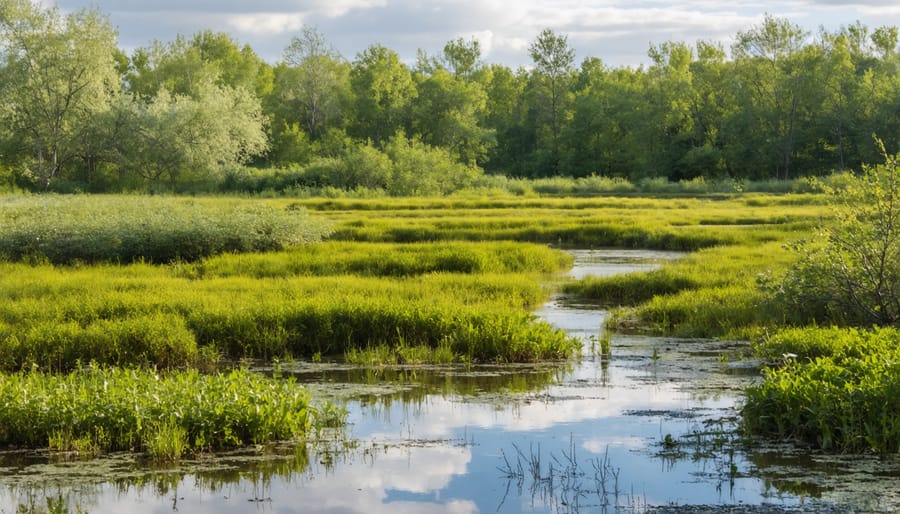
Natural Flood Protection
Next time you’re walking through one of Ontario’s beautiful wetlands on a boardwalk, take a moment to appreciate how these natural areas are quietly protecting our communities from flooding. These marshy areas act like giant sponges, soaking up excess water during heavy rains and spring thaws, then slowly releasing it over time.
Think of wetlands as nature’s shock absorbers. When storm waters rush in, cattails, bulrushes, and other wetland plants slow down the flow, while the soil beneath acts like a massive storage tank. This natural system helps prevent flooding in nearby towns and cities, saving millions in potential damage costs.
In many parks, you’ll notice carefully preserved wetland areas alongside walking trails. These aren’t just pretty features – they’re hard-working flood protection systems. At places like Minesing Wetlands, you can watch this process in action, especially during spring runoff when the wetlands temporarily expand to handle the extra water.
For the best view of these natural flood defenders, visit during both dry and wet seasons. You’ll be amazed at how the landscape transforms while protecting surrounding areas.
Cultural Services: Connecting with Nature
Outdoor Recreation Opportunities
Ontario’s ecosystems provide endless opportunities for outdoor enthusiasts to connect with nature. From exhilarating nature walks through ancient forests to peaceful paddling on pristine lakes, these natural spaces enhance our recreational experiences in countless ways.
The clean air produced by forests makes hiking and cycling more enjoyable, while healthy watersheds create perfect conditions for swimming, fishing, and kayaking. Natural shade from tree canopies offers comfortable rest spots during summer adventures, and diverse landscapes provide stunning backdrops for photography and wildlife watching.
In winter, snow-covered trails transform into ideal routes for cross-country skiing and snowshoeing. The natural terrain variations created by geological processes give us challenging climbing opportunities and scenic lookout points. Even simple activities like picnicking become more memorable when surrounded by wildflowers and the gentle sounds of birdsong.
These ecosystem services don’t just make outdoor activities possible – they make them truly extraordinary. By protecting these natural systems, we ensure future generations can continue enjoying these incredible recreational opportunities.
Educational and Research Value
Ontario’s parks serve as living laboratories, offering incredible opportunities for students, researchers, and nature enthusiasts to explore and understand ecosystem services firsthand. Through interactive outdoor programs, visitors can witness pollination in action, observe water filtration processes, and learn about carbon sequestration in real-time.
Scientists regularly conduct research here to study climate change impacts, monitor wildlife populations, and track the health of various ecosystems. These studies help us better understand how protecting natural areas benefits both wildlife and human communities. For families and school groups, the parks offer hands-on learning experiences that bring textbook concepts to life.
What’s particularly exciting is how these educational opportunities connect with recreational activities. While hiking, you might spot researchers collecting soil samples, or during a guided nature walk, learn how fallen leaves contribute to nutrient cycling. These authentic experiences create lasting impressions and foster a deeper appreciation for the vital services our ecosystems provide.
Pro tip: Many parks offer citizen science programs where you can contribute to real research while enjoying your visit!

As we’ve explored these vital ecosystem services, it becomes clear just how much our parks’ natural systems enrich our outdoor experiences. From the clean air we breathe during our hikes to the crystal-clear waters perfect for swimming, these services are the backbone of our cherished park adventures.
You can play an important role in protecting these essential services during your visits. Simple actions make a big difference: stick to marked trails to prevent soil erosion, pack out what you pack in to maintain water quality, and avoid disturbing wildlife that helps pollinate plants and disperse seeds. Consider joining park cleanup events or volunteer programs – it’s a great way to give back while connecting with fellow nature enthusiasts.
Remember, every small effort helps preserve these services for future generations. Whether you’re camping under the stars, photographing wildflowers, or teaching your kids about nature, you’re experiencing these ecosystem services firsthand. By being mindful visitors today, we ensure tomorrow’s adventurers can enjoy the same natural wonders that make our parks so special.
Let’s work together to protect these incredible natural processes that make our outdoor experiences possible. After all, healthy ecosystems mean better adventures for everyone!





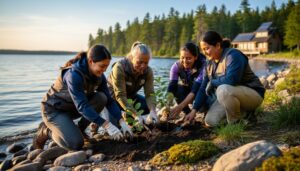
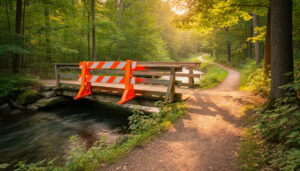


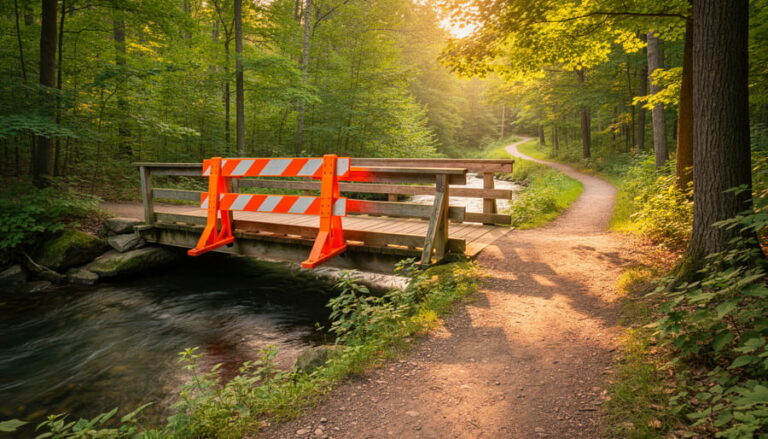


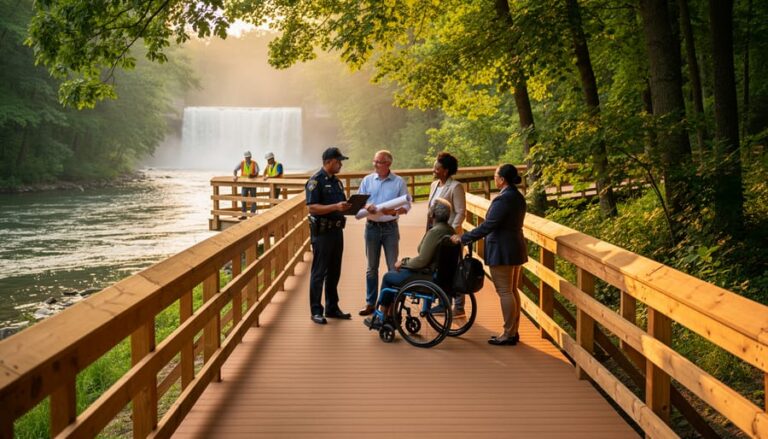

+ There are no comments
Add yours